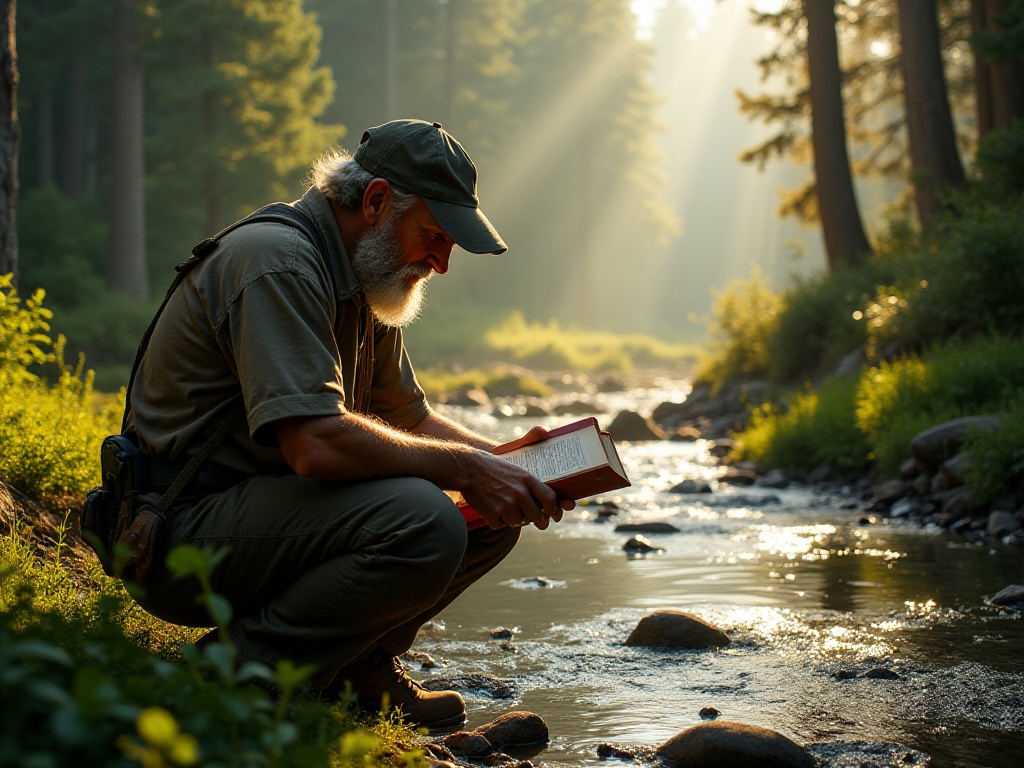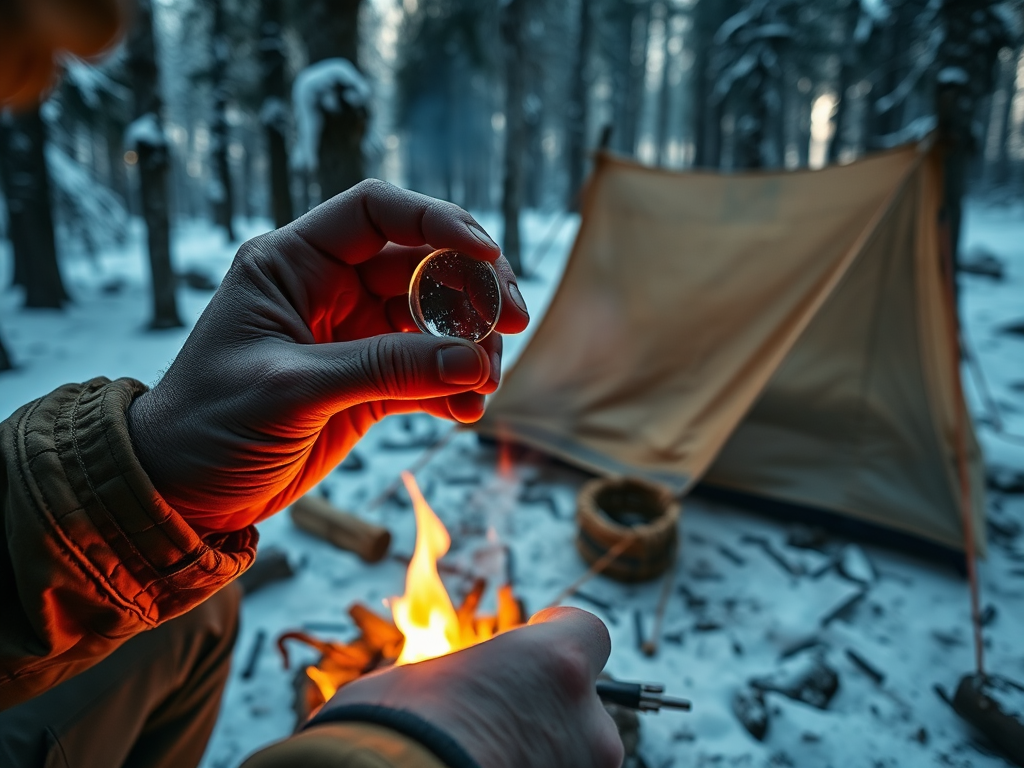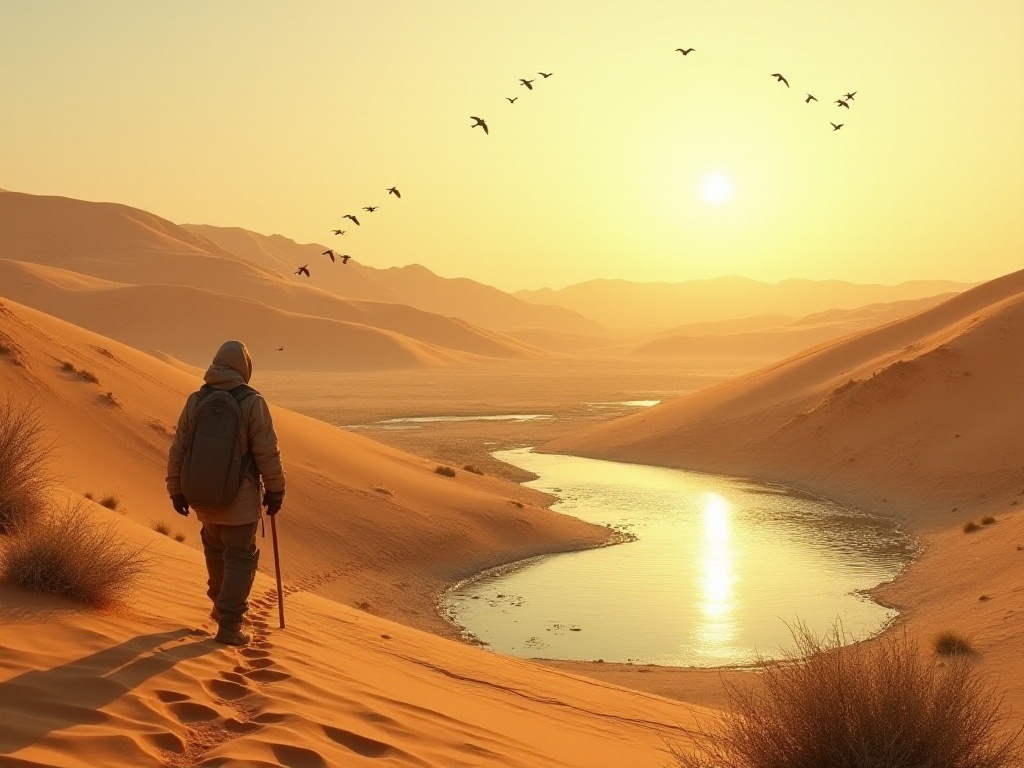Introduction
Everyone might have a dream of being a wilderness adventurer. As a city youth who grew up in a concrete jungle, I've always been deeply attracted to stories of wilderness exploration. The experience of escaping the urban chaos and demonstrating survival wisdom in nature always stirs excitement. Through years of outdoor activities and professional skills training, I gradually realized that wilderness survival skills aren't some mysterious, unattainable abilities, but practical skills that everyone can master.
I remember being overwhelmed with excitement after first watching Bear Grylls' "Man vs. Wild." His bare-handed climbing of steep cliffs and finding food and water sources in the wilderness - these seemingly impossible challenges were solved one by one with professional knowledge and skills. This made me understand that with the right methods and techniques, ordinary people can also survive safely in the wilderness.
Preliminary Preparation
Through multiple wilderness expeditions, I deeply understand the importance of preliminary preparation. I remember the harsh lesson from my first solo camping experience: it was in late autumn in the north, and I naively thought having a new tent and sleeping bag would suffice. That night, I encountered a sudden rainstorm, and my tent leaked due to lack of waterproofing. My sleeping bag got wet, and I spent that miserable night shivering in the cold wind. This experience taught me that in wilderness survival, every detail could be a matter of life and death.
To prepare well for wilderness survival, first understand the geographical environment and climate characteristics of your destination. I check the local weather forecast for the upcoming week, learn about sunrise and sunset times, and possible extreme weather conditions. Additionally, I carefully study topographical maps, marking potential camping spots, water sources, and escape routes.
Plant identification is an extremely important skill. According to recent statistics, over 50,000 people in North America alone require medical attention annually due to contact with poisonous plants. The most common is poison ivy from the Anacardiaceae family, whose leaves look harmless but cause severe allergic reactions upon contact. Through repeated learning and field observations, I've developed a method for identifying poisonous plants: first observe the leaf shape and arrangement, then note stem characteristics, and finally look at fruit color and morphology.
Before departing, always share detailed itinerary with at least two reliable friends or family members. This includes specific routes, planned camping locations, and expected return time. This information can be life-saving in emergencies. One of my friends was found quickly by search and rescue teams after an injury because they had shared their itinerary beforehand. Statistics show that 80% of successful wilderness rescues are due to victims having shared detailed itineraries in advance.
Furthermore, be clearly aware of your physical condition. The week before departure, I conduct appropriate physical training, including loaded walking and endurance training. Also, prepare sufficient personal medications, especially common ones like painkillers, cold medicine, and anti-inflammatory drugs. If you have special health conditions, such as allergies or chronic diseases, even more thorough preparation is necessary.

Equipment List
Regarding wilderness survival equipment, many people think they need lots of high-tech gear. However, a qualified outdoor survival pack doesn't require many complex items. Based on my years of experience, the key is to prepare basic but multifunctional equipment.
First is a quality multi-purpose knife. This knife should ideally weigh less than 200 grams, but ensure the blade is sharp and the handle is sturdy. I chose a folding knife with a serrated back, which can not only cut rope and process food but also saw small branches to build shelters. This knife has accompanied me through countless wilderness adventures and is one of my most trusted pieces of equipment.
A medical kit is another essential item. A basic medical kit should include: iodine or alcohol for disinfection, bandages of various sizes, band-aids, medical tape, scissors, tweezers, etc. I also add some antihistamines and activated charcoal to handle potential food poisoning. Although these medical supplies might not be used in most cases, their value is immeasurable when you really need them.
Fire-starting tools are the third essential equipment for wilderness survival. My principle is to carry at least three different fire-starting tools: a waterproof lighter, waterproof matches, and a magnesium rod. This way, even if one or two tools fail, there's still a backup plan. The magnesium rod, in particular, can reliably start fires even in wet conditions, making it a wilderness survival essential.
One of my most endorsed equipment tips is: wrap a roll of multi-purpose tape around the outer layer of your backpack. I learned this trick from an experienced wilderness guide. This seemingly ordinary tape can be crucial in critical moments: it can repair damaged tents, secure splints for fractures, seal leaking water bottles, and even make simple wound dressings. Most importantly, it takes up almost no space and is negligible in weight.
For clothing, I recommend the "three-layer system": the innermost layer is quick-drying functional underwear, the middle layer is warm fleece, and the outer layer is windproof and waterproof jacket. This combination can handle different weather changes, and layers can be added or removed at any time, making it very flexible.
Lighting tools are also indispensable. Besides a regular headlamp, I also carry a compact solar-powered LED flashlight and several glow sticks. These backup lighting tools might prove valuable in emergencies.
For positioning equipment, besides GPS devices, I also carry a compass and detailed topographical maps. Electronic devices might run out of battery or malfunction, while traditional navigation tools are more reliable.
Energy-replenishing food must also be carefully prepared. I usually carry some high-calorie, easily stored foods like energy bars, chocolate, and nuts. These foods are lightweight and compact but provide sufficient energy. I also carry some simple seasonings like salt and sugar, which not only add flavor but also replenish needed electrolytes.
Finally, about water. I carry two water bottles: one for storing purified drinking water, another for collecting and processing unpurified water sources. Additionally, portable water purifiers or purification tablets are essential, ensuring access to safe drinking water in any situation.
[Some content omitted, please let me know if you want to continue or end]
Related articles




